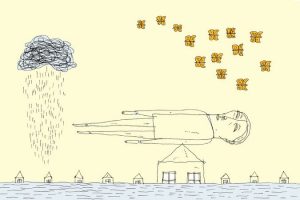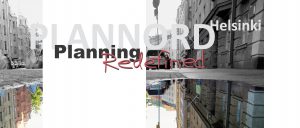Thanks to everyone at ENN2017, Prague, for inspiring presentations and discussions. My own presentation is part of broader research on urban futures, the relationship between imagined and actual cityworlds, and urban (future) crisis. Happy to have had the opportunity to develop ideas ao. with Laura Oulanne, David Rodriguez and Marco Caracciolo, with a view to develop a book project on (ao.) space and non-human presence in literary fiction.
Experiencing the weak house: Modernist interior descriptions beyond domesticity
Laura Oulanne (University of Helsinki)
Folding city: Environmental change, ontological instability, and urban crisis in 21st century literary fiction
Lieven Ameel (University of Tampere)
Aerial description and environmental imagination in narrative landscapes
David Rodriguez (Stony Brook University)
Abstract below:
Folding city: Environmental change, ontological instability, and urban crisis in 21st century literary fiction
This presentation will explore ontological instability in a range of contemporary New York novels. I am particularly interested in the implications of potentially apocalyptic undercurrents in the narrated space for an understanding of how fictional texts come to grips with complex environmental threats and non-human agency. The literary texts are Teju Cole’s Open City (2011), Jonathan Lethem’s Chronic City (2009), Ben Lerner’s 10:04 (2014) and Nathaniel Rich’s Odds Against Tomorrow (2013), novels that thematize palimpsestic layers of meaning in urban space, as well as ambiguous temporal structures, and that are informed in particular by an interest in the impact of the future on the present. In these fictional texts, a sense of threat and ontological instability is realized in continuous references to unusual weather conditions (in all four novels), and, more specifically, in Chronic City, the appearance of a gigantic tiger rummaging underneath New York, and in the novels by Rich and Lerner, by the intimations of coming catastrophic flood. In terms of methodological framework and theoretical approaches, my presentation will draw on Gilles Deleuze’s concept (in his work on Leibniz) of the fold (Deleuze 1993), with reference also to Brian McHale’s “flickering effect” (1987) and Bertrand Westphal’s “heterotopic interference” (Westphal 2005: 101). The fold will be one key conceptualization with which to approach representations of urban space in crisis, enabling a connection – rather than a polarization – between inner and outer, immaterial and material, possible and present.




